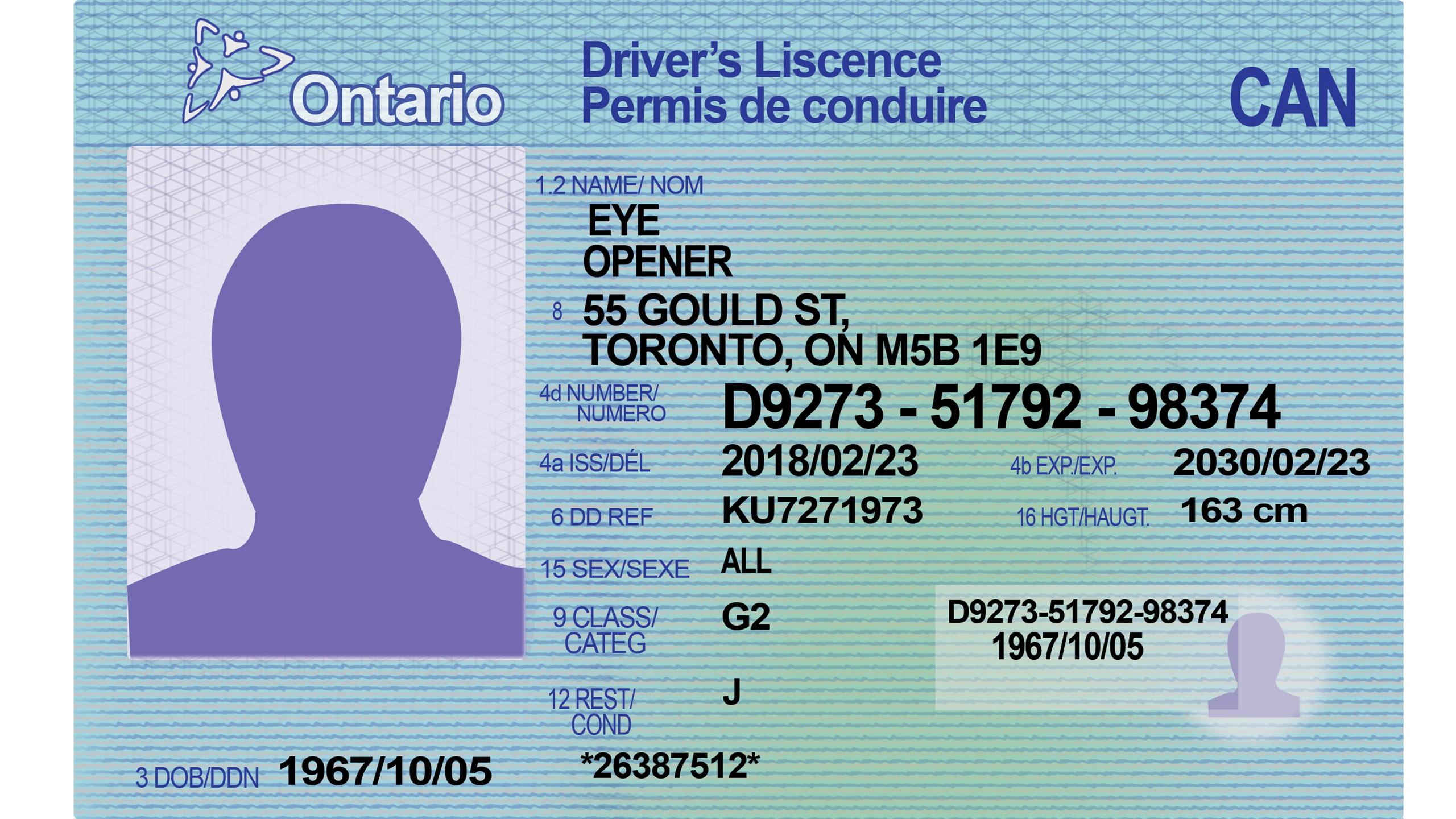The realm of fictitious identification designs has witnessed its fair share of high-profile cases, leaving a lasting impact on society. These incidents, involving the use of counterfeit identification documents, offer valuable lessons and insights into the consequences associated with their misuse.
The Rise of Identity Theft: The Case of John Doe
The case of John Doe serves as a stark reminder of the dangers of identity theft facilitated by fictitious identification designs. With a carefully crafted counterfeit identity, John Doe deceived individuals and institutions, causing financial and emotional distress to unsuspecting victims. This case highlights the urgent need for individuals to safeguard their personal information and for authorities to strengthen measures against identity theft.
Terror and Security Breaches
One infamous incident involved the use of counterfeit identification documents to bypass stringent airport security measures. The perpetrators exploited vulnerabilities in the system, raising concerns about national security and the need for robust document verification protocols. This case underscored the importance of enhancing identification processes and investing in technology that can effectively detect fraudulent designs.
Organized Crime and Illicit Operations
Infiltrating organized crime syndicates often reveals their extensive use of fictitious identification designs to facilitate illegal activities. From drug trafficking to money laundering, these criminal networks capitalize on counterfeit documents to operate under false identities and evade law enforcement. This case emphasizes the crucial role of interagency cooperation, intelligence sharing, and advancements in document verification technologies to combat organized crime effectively.

The Digital Age and Cyber Fraud
The digital landscape has opened new avenues for scammers to exploit fictitious identification designs for cyber fraud. Through online platforms, fraudsters can deceive unsuspecting victims, perpetuating financial scams and identity theft. This case highlights the need for:
- enhanced cybersecurity measures,
- public awareness campaigns,
- legislation to counter online fraud,
- and protect individuals from falling victim to these schemes.
Collaboration and Innovation
Lessons from these famous cases underscore the significance of collaboration between public and private sectors to strengthen document verification systems. Investing in advanced technologies, such as machine learning algorithms and biometric identification, can bolster the ability to detect fraudulent designs promptly. This collaboration should extend to international efforts, fostering cooperation to combat transnational crime and the proliferation of counterfeit identification documents.
Education and Public Awareness
One of the key takeaways from these notable cases is the importance of education and public awareness. Promoting knowledge about the risks associated with fictitious identification designs can empower individuals to protect themselves from fraud, identity theft, and other illicit activities. Educational campaigns should emphasize responsible practices, personal data protection, and the importance of adhering to legal identification processes.

